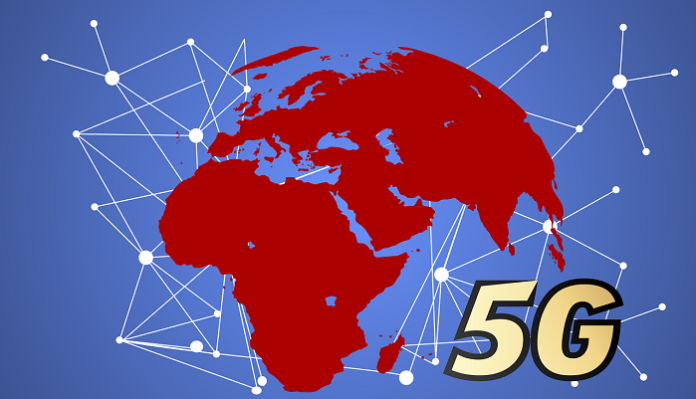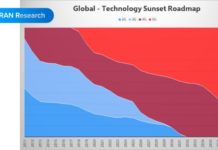
ABI Research, a global provider of technology insight, has released a research estimating that by 2030, 5G connection will boost the global economy by US $508 billion. Voice and connected worker use cases in industrial settings will be the primary drivers of this GDP growth as 5G allows automation and digitalization, even in extremely important use cases. Manufacturing operations are anticipated to provide over a third of the world’s GDP, followed by energy production, which includes mining and oil and gas, transportation, healthcare, and agriculture.
According to Leo Gergs, Principal Analyst, Enterprise Cellular Connectivity and 5G Markets at ABI Research, “These numbers underline the vast size of the opportunity and the transformative potential that 5G connectivity can have on global economic productivity – be it through the public macro-network, a dedicated network slice, or a private cellular network.”
Global businesses are in a challenging situation as they strive for increasing automation, efficiency improvements, and quality improvements to maintain their profitability in light of recent geopolitical developments. The effects of the Covid epidemic, as well as the ensuing social exclusion and “lockdown” measures, are still being felt by the businesses that had to close. “Exactly the same businesses that were compelled to downsize their workforce through layoffs or temporary employment. Automation made possible by 5G will lessen the need for physical labour, according to Gergs. Additionally, rising manufacturing costs have put a price on factors like sustainability and energy efficiency. As a result, businesses are frantically trying to invest in enhancing both their efficiency and the quality of their products or services.
The essential needs can be fully met by 5G. ABI Research estimates that by eliminating cable drops, a single plant, for instance, can lower its usage by several thousand kilowatt hours annually and save several hundred dollars. In addition, by reducing severe situations through condition-based monitoring, mines or oil/gas fields may boost their productivity by tens of thousands of dollars annually while preventing production standstills. Gergs observe that “it is remarkable, in this context, that the telco industry so far is fighting a hard battle to bring cellular connectivity technology to enterprises.”
For 5G to unfold its full transformative potential, technology providers must understand that enterprises are interested in solutions, not technologies. “At the heart of this, providers should accept that the enterprise domain requires a completely different value proposition, i.e., focusing on applications, services, and business outcomes rather than fancy technology jargon, that tends to go above the head of enterprise owners,” Gergs says. “What counts for enterprises, especially during economic hardship, is a convincing argument that includes Return on Investment (ROI) calculations, enterprise applications, and comparison scenarios to other wireless connectivity technologies. After all, Wi-Fi will not magically cease and enterprises will not rip out all their existing connectivity to deploy 5G,” Gergs concludes.
These findings are from ABI Research’s 5G Contribution to Global Economic Activity market data report. This market data is part of the company’s 5G Markets research service, which includes research, data, and analyst insights. Market Data spreadsheets comprise deep data, market share analysis, and highly segmented, service-specific forecasts to provide detailed insight into where opportunities lie.


















